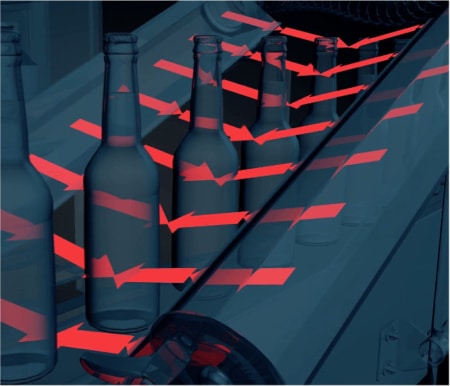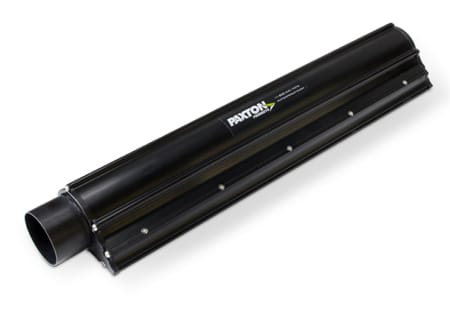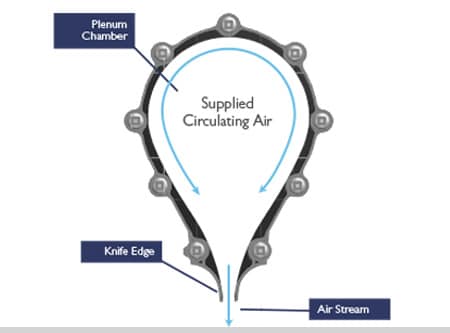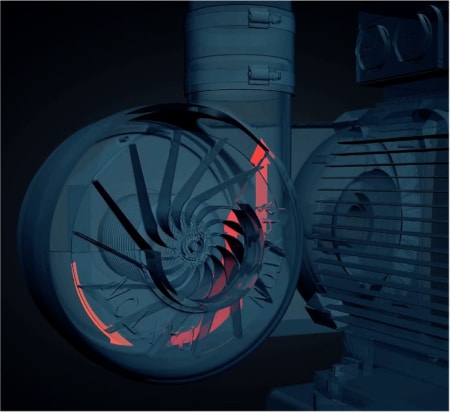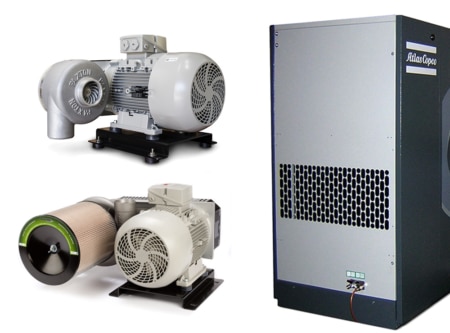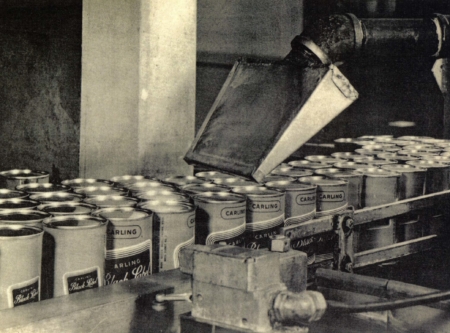Air Knives are often the most efficient and effective method of removing or controlling foreign substances for any surface.
Most Air Knives are stationary with products passing through them on a conveyor however there are also systems where the product is stationery and the Air Knives move around it.

